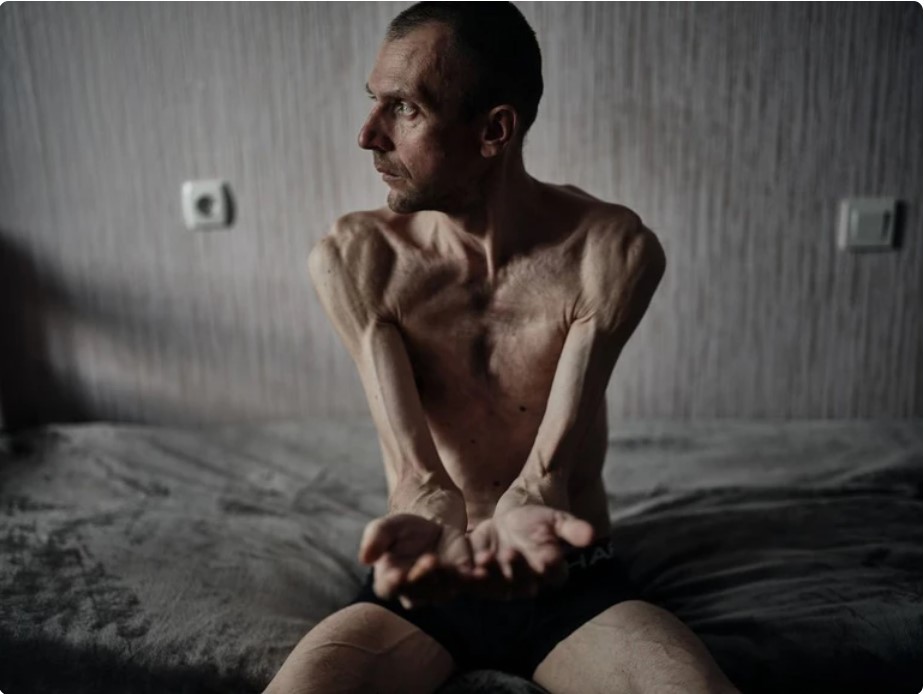This week, Ukraine and Russia conducted their first prisoner exchange of 2025, swapping 25 soldiers from each side. Among the Ukrainians were several defenders of Mariupol who had endured nearly three years in Russian detention since their city’s fall. The Ukrainian soldiers—many severely wounded or critically ill—were released under what Kyiv called a “special format” meant to prioritize the most vulnerable captives.
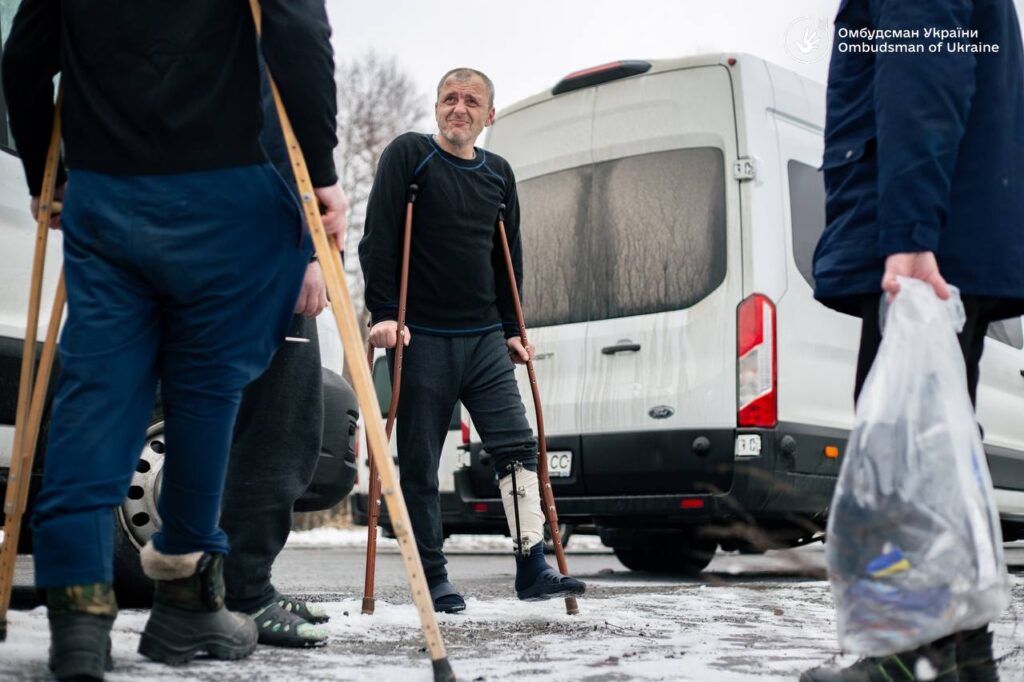
Yet there was nothing special about their condition: since the war’s beginning, each exchange has produced the same haunting parade across Ukrainian social media of returning prisoners with untreated wounds, emaciated bodies, and faces aged beyond recognition.
Just days earlier, on 8 January, the United Nations had presented its latest assessment of the war’s human rights toll. The report, spanning three months from September through November 2024, documented what investigators called systematic violations: sixty-eight confirmed executions of Ukrainian POWs by Russian forces, widespread torture in detention, and 170 civilian executions in occupied territories. But a brief section on Ukrainian treatment of Russian prisoners—documenting instances of abuse at transit points while emphasizing the vastly different scale of violations—sparked a debate in Kyiv.
The controversy spoke to a deeper discomfort: how to acknowledge the full scope of wartime conduct without creating false equivalencies. As images of the newly released prisoners circulated online, their broken bodies seemed to underscore both the report’s findings about Russian detention practices and the moral complexity of documenting a war where the roles of aggressor and defender remain starkly clear.
Photos reveal what Russia tries to hide
The contrast between Russian and Ukrainian prisoners of war (POWs) emerges most starkly in photographs—those taken before capture and after release.
Consider Volodymyr Tsema-Bursov, a 41-year-old Ukrainian soldier from the 56th Brigade. A Mariupol defender, he was released after 20 months in Russian captivity. At 6’3″ (191 cm) tall, his frame had withered dramatically—from 209 pounds (95 kg) before capture to just 126 pounds (57 kg) upon release.
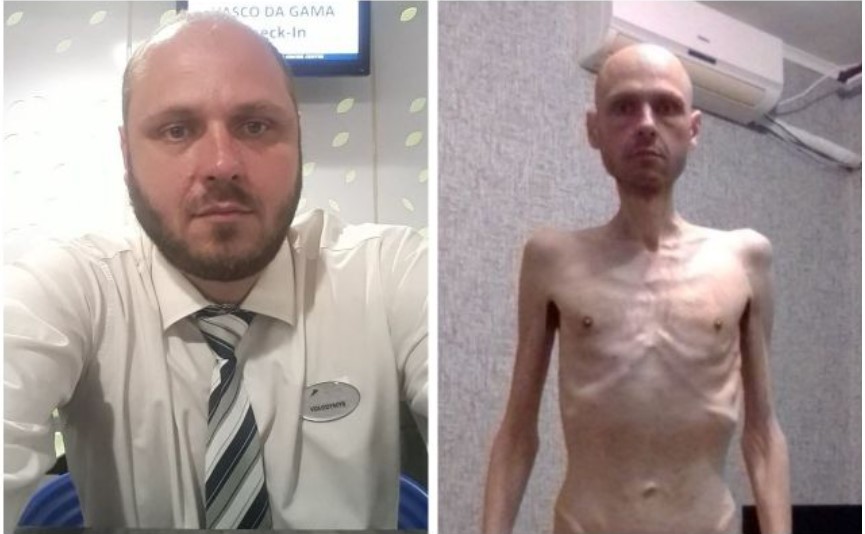
Or 42-year-old Mykhailo Dianov of the 36th Separate Marine Brigade, another Mariupol defender, whose broken arm went untreated throughout his detention.
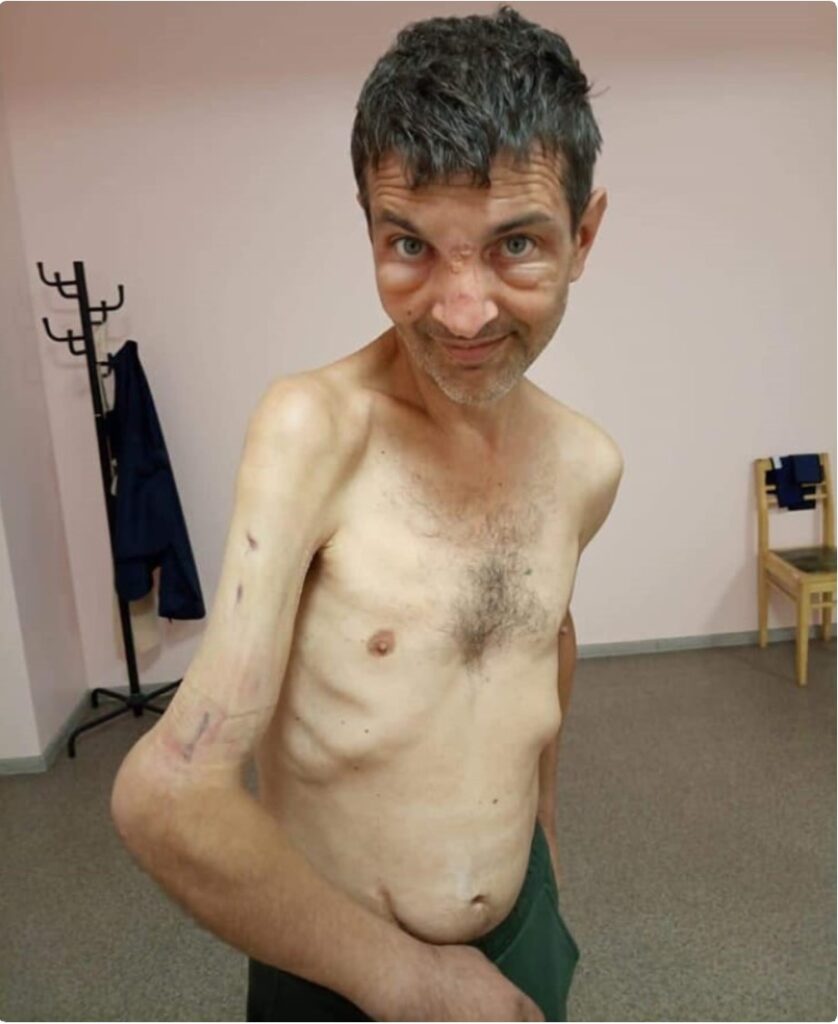
The pattern of physical deterioration continued with 45-year-old Maksym Kolesnykov, captured by Russian forces near Kyiv early in the invasion. His first gesture upon release was to gaze, transfixed, at a Ukrainian apple—a simple fruit he hadn’t seen in eleven months of captivity. He had lost 71 pounds (32 kg) during his imprisonment.
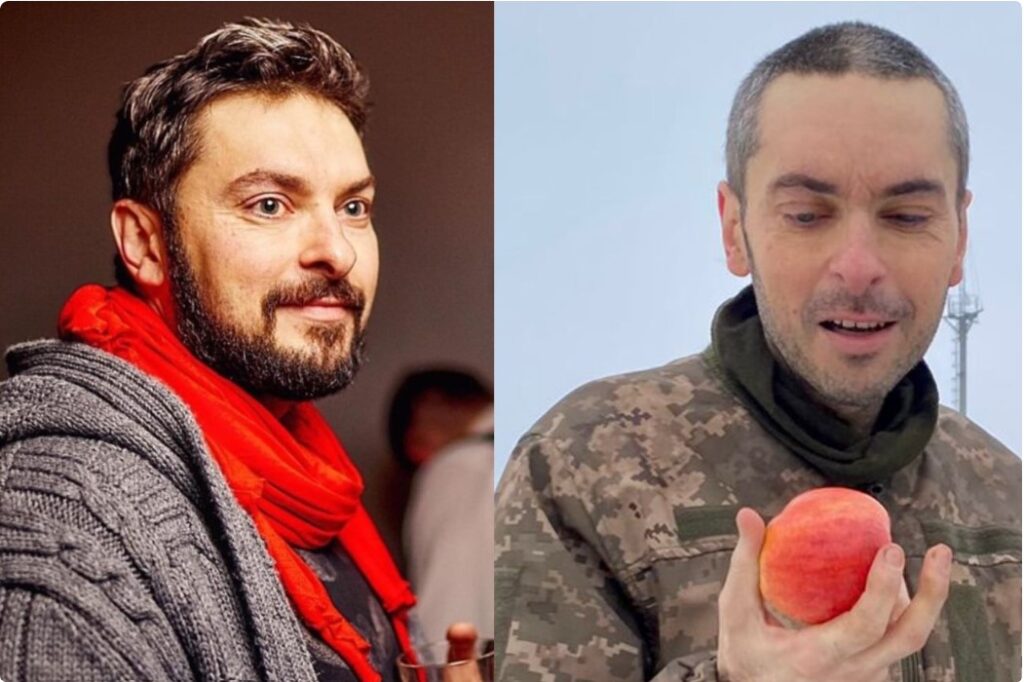
Some never recovered. Oleksiy Mudrak, a 35-year-old Azov Regiment commander, survived one hundred days in Russian detention only to die of cardiac arrest months after his release.
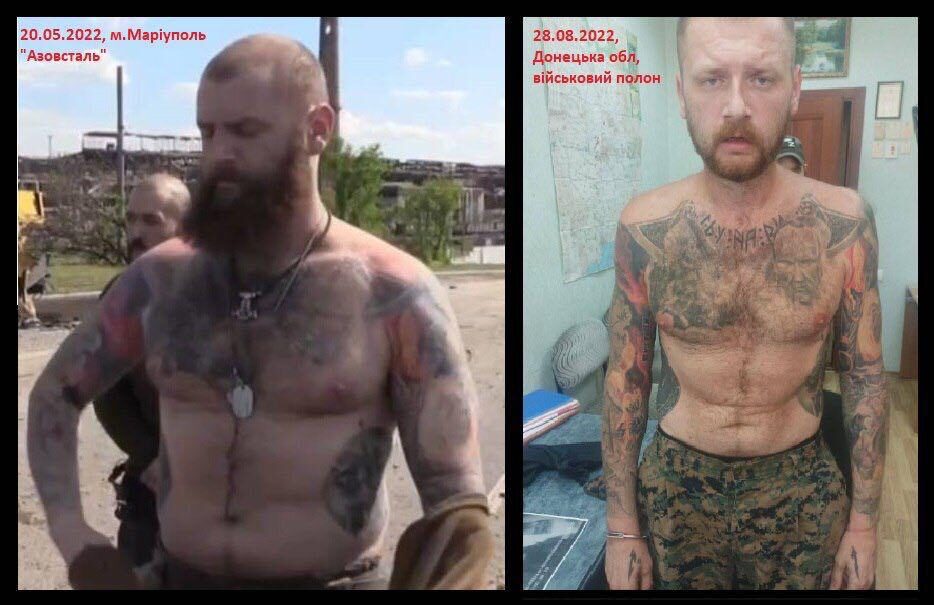
The difference in treatment is not merely anecdotal. While UN monitors and journalists regularly visit Russian POWs in Ukrainian facilities—documenting adequate food, medical care, and family contact—Russia refuses all outside access to its detention centers.
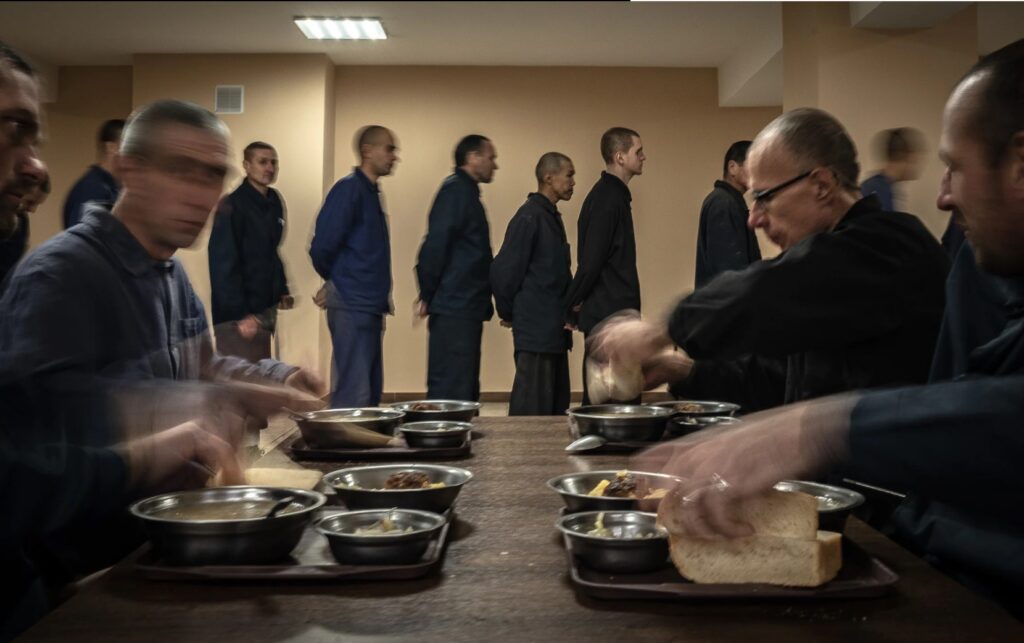
Speaking to reporters, some Russian prisoners express their intention to return to the front lines after being exchanged. Meanwhile, returning Ukrainian soldiers are emaciated, injured, and often bear visible signs of severe physical abuse.
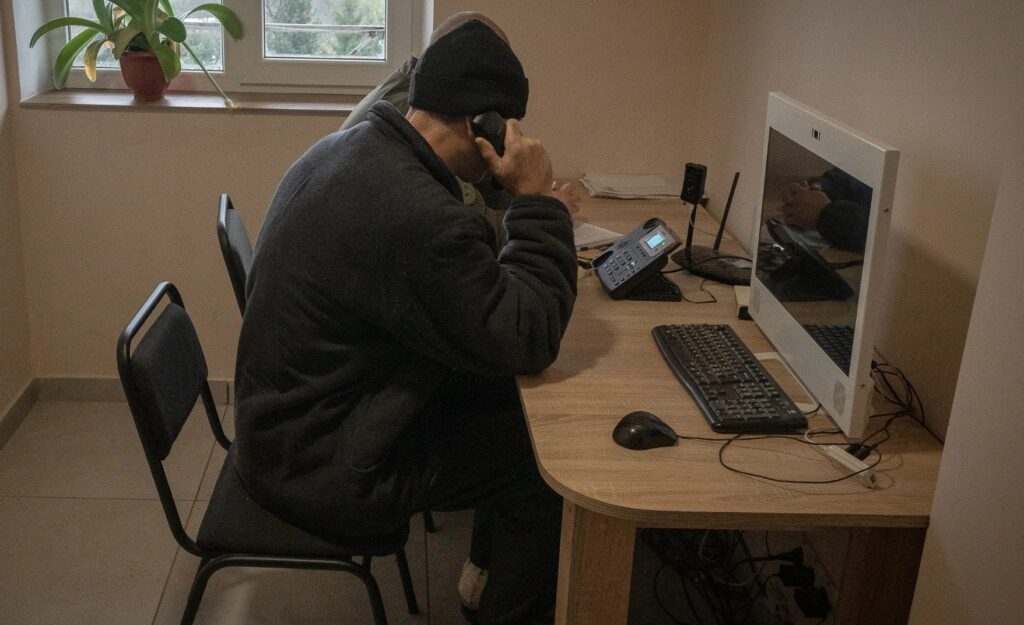
Even Russian state media inadvertently highlighted this disparity. In 2022, Russia Today broadcast an interview with a purported former POW who appeared remarkably well-fed and healthy—a stark contrast to the documented condition of returning Ukrainian prisoners.
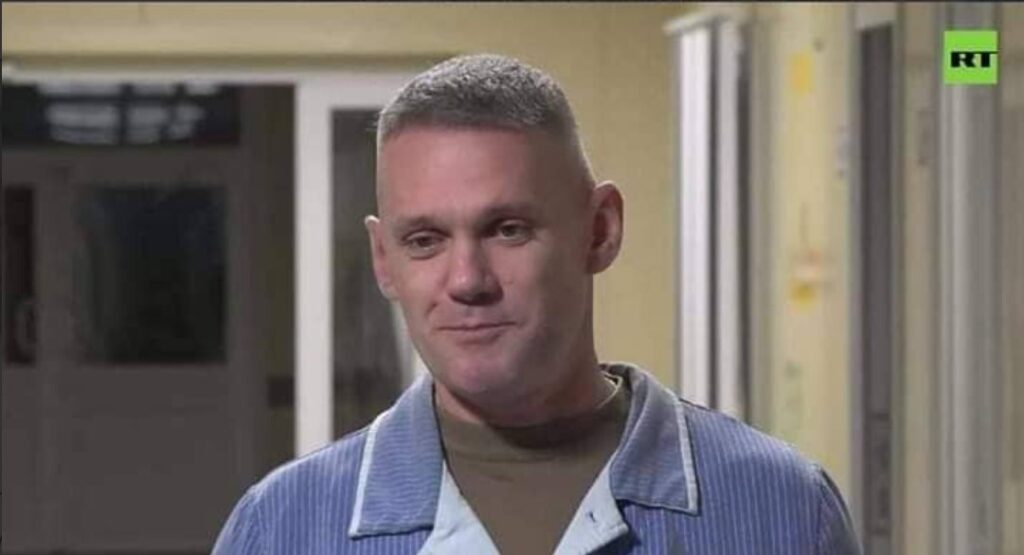
While his identity and story remain unverified, the difference in physical appearance alone tells a devastating tale.
The false equivalence of UN recommendations
Ukraine’s Ombudsman, Dmytro Lubinets, criticized the report. He acknowledged that the document extensively detailed Russian violations—from systematic torture to the militarization of children in occupied territories. Yet its findings regarding Ukrainian treatment of POWs required “additional verification through Ukraine’s authorized state agencies.”
Ukrainian prosecutors, Lubinets noted, had already opened investigations into alleged abuses at transit facilities. His office conducted regular inspections of detention centers alongside civil society groups. The distinction was procedural: Ukraine granted international monitors full access to its facilities, while Russian detention centers remained closed to outside observers.
“We all see the condition of Ukrainians returning from Russian captivity,” he wrote on Telegram.
Yet the report concluded with identical recommendations to both sides: “comply with international humanitarian law.”
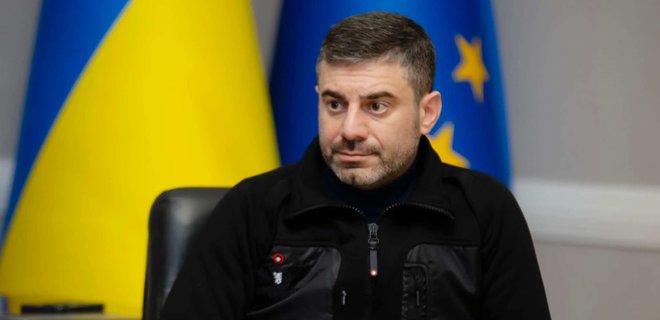
“These are not equivalent actions,” Lubinets stated, contrasting a state that investigates alleged violations with one that denies access to its facilities entirely.
He argued that the UN’s parallel treatment of demonstrably different approaches to transparency missed this fundamental distinction.
Ukraine’s response: investigate, don’t dismiss
“This report is like a blood pressure monitor,” Alyona Lunyova, a Ukrainian human rights advocate, told Radio Free Europe. “You can claim the device is broken—or analyze the result and draw conclusions.”
Her medical analogy cuts to the heart of Ukraine’s response to UN findings.
The UN Human Rights Monitoring Mission, present in Ukraine since 2014, has published 41 reports. Their latest identifies several cases of Russian POW abuse in Ukrainian transit facilities, including one death in early 2024 and two additional credible reports of deaths under similar circumstances. While finding no evidence of systemic abuse in Ukrainian detention centers, these incidents demand attention, rights advocates argue.
“The fact that Ukraine occasionally gives cause for remarks does not place it on par with Russia in terms of the scale or depth of violations,” another Ukrainian human rights advocate, Vyacheslav Likhachev, told Radio Free Europe but warned that denying these findings could harm Ukraine’s international image.
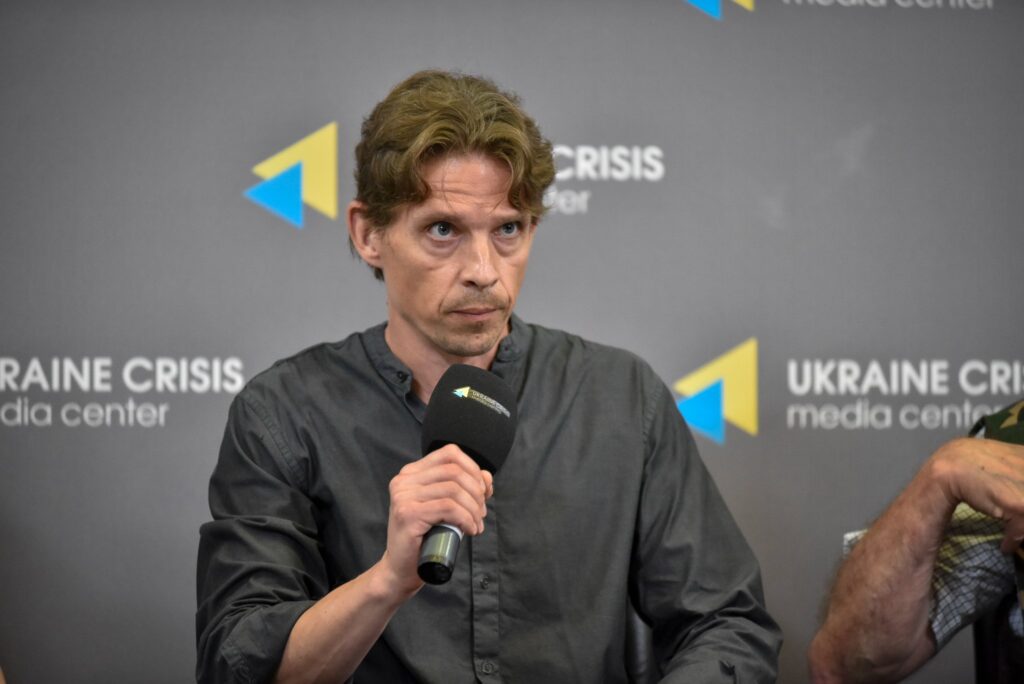
Both advocates stress the importance of investigation over dismissal.t
“Rather than denying the findings, Ukraine should investigate and share results openly,” Lunyova argues. “Transparency in addressing violations will strengthen Ukraine’s position, while silence will only harm it.”
Russia’s wall of secrecy masks full scope
Behind every UN investigation of prisoner treatment lies a stark asymmetry: while monitors freely visit Ukrainian detention facilities, Russian centers remain closed to outside eyes. This opacity stretches across occupied territories, leaving investigators to piece together evidence primarily from survivors’ accounts.
The testimonies tell a grim story. When Ukrainian POWs return from Russian captivity, UN investigators often interview them before they even meet with Ukrainian law enforcement.
“Nearly all Ukrainian POWs describe inhumane conditions, hunger, and torture,” Likhachev notes. These hundreds of accounts—representing only those who survived to tell their stories—have revealed patterns of systematic abuse.
By December 2024, Ukraine’s Ombudsman had confirmed 177 executions of Ukrainian POWs by Russian forces.
In October 2024, a separate UN investigation found that sexual violence against male detainees in Russian facilities formed part of a state-sanctioned torture policy. An independent commission later confirmed this pattern, leading to a UN resolution condemning Russia’s violations. Yet without direct access, the full scope of abuse remains hidden behind Russian lines.
“Such access could only be achieved through joint international pressure,” Alyona Lunyova adds, calling for coordinated action from Ukraine, other nations, and global organizations.
Until then, investigators must continue relying on the testimonies of those who return—when they return.
Read more:
- ISW: Russian milbloggers glorify execution of Ukrainian POWs, frame them as acceptable warfare
- Russia reportedly sentences seven Ukrainian POWs to 16-year terms in trial over Kursk incursion
- Russian military execute five Ukrainian POWs in Zaporizhzhia Oblast
- Captured Russian marine reveals executions of Ukrainian POWs ordered by commander
- Kadyrov claims Ukrainian POWs used as human shields at military sites in Chechnya
- Russia pressures Ukrainian POW families to spy in exchange of information on their relatives

